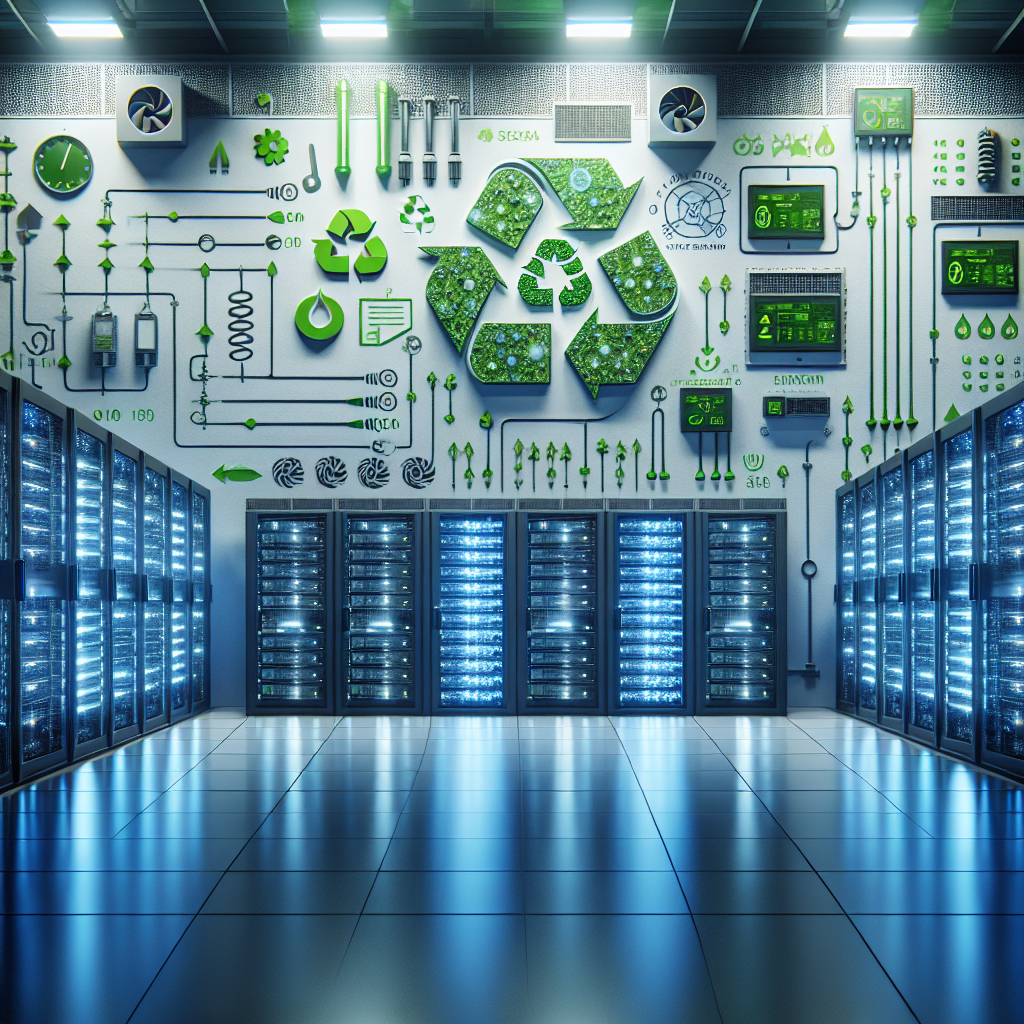In today’s digital age, data centers play a crucial role in the storage and processing of vast amounts of information. With the increasing demand for data processing, data center energy consumption has become a significant concern. It is estimated that data centers account for 1-2% of global electricity consumption and are responsible for a substantial amount of carbon emissions.
Improving data center energy efficiency not only helps reduce costs but also minimizes the environmental impact of these facilities. Here are some top tips for enhancing data center energy efficiency:
1. Virtualization: Virtualization technology allows multiple virtual servers to run on a single physical server, reducing the number of physical servers required and hence lowering energy consumption. By consolidating servers, data centers can optimize resource utilization and decrease power usage.
2. Energy-efficient cooling systems: Cooling systems in data centers account for a significant portion of energy consumption. Implementing energy-efficient cooling technologies such as hot aisle/cold aisle containment, economizers, and variable speed fans can help reduce cooling costs and improve energy efficiency.
3. Server consolidation: Consolidating underutilized servers and decommissioning old or inefficient equipment can help reduce energy consumption. By optimizing server utilization and reducing the number of servers in use, data centers can achieve significant energy savings.
4. Energy-efficient hardware: Investing in energy-efficient servers, storage devices, and networking equipment can help lower power consumption and improve overall energy efficiency. Look for ENERGY STAR certified equipment and Energy Efficient Ethernet (EEE) technology to minimize energy usage.
5. Power management: Implementing power management techniques such as server power capping, dynamic voltage and frequency scaling, and intelligent power distribution can help optimize energy usage and reduce wastage. By monitoring and controlling power consumption, data centers can achieve better energy efficiency.
6. Renewable energy sources: Consider incorporating renewable energy sources such as solar, wind, or hydroelectric power to supplement or replace traditional grid power. Utilizing renewable energy can help data centers reduce their carbon footprint and lower energy costs in the long run.
7. Regular maintenance and monitoring: Regularly maintaining and monitoring data center equipment can help identify and address energy inefficiencies. Conducting energy audits, monitoring power usage, and implementing energy management systems can help optimize energy efficiency and reduce operational costs.
By implementing these top tips for improving data center energy efficiency, organizations can not only reduce their environmental impact but also save on energy costs. With the increasing focus on sustainability and energy conservation, enhancing data center energy efficiency is essential for businesses looking to operate more efficiently and responsibly in today’s digital landscape.


Leave a Reply